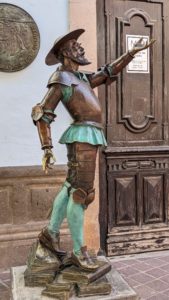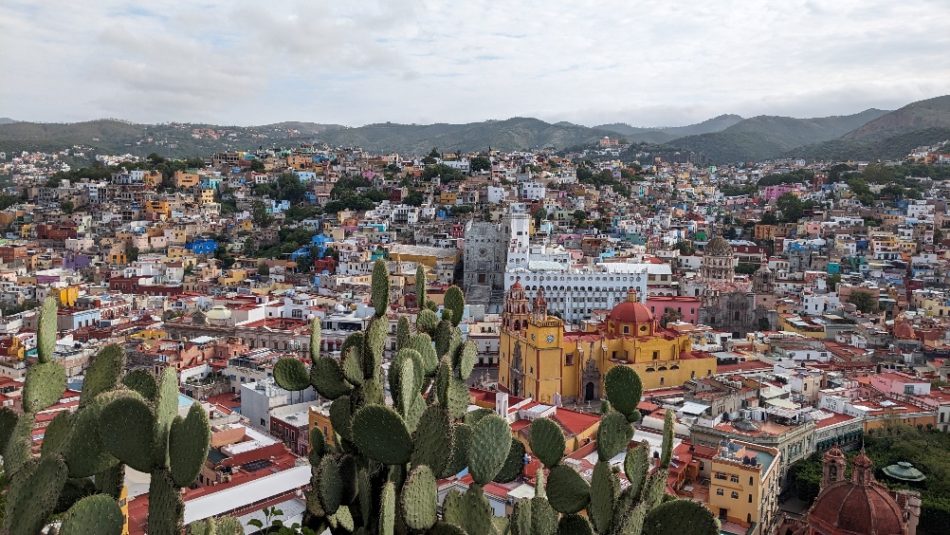In Guanajuato, I discovered something I never wished to stumble upon in Mexico and I never did anywhere else in this beautiful land: the dreaded Chinese tourist, the scourge of the Seven Seas, bane of all decency, destroyer of innocence.
This is not racism; it is fact. Pose the question to anyone with experience dealing with this species of tourist, as I have to numerous Thailand tour operators: mirror, mirror, on the wall, who are the worst tourists of them all?
They will tell you without blinking an eye or hedging: the Chinese. In some ways, it’s not their fault; the CCP did a real number on Chinese culture in the 20th century in the name of progress (sound familiar?). I have written extensively elsewhere about the Chinese tourist archetype and where it came from, so I won’t belabor the point here.
Related: How the Communist Cultural Revolution Destroyed Traditional Chinese Culture
Returning to the subject at hand, Chinese tourists notwithstanding, one might find Guanajuato’s narrow cobblestone streets with ancient-looking buildings on either side quaint and charming. I’ll concede that they might be that, but they’re also claustrophobic, in my view, given the hordes of tourists trampling on the streets on any given day — particularly the weekends.
My misanthropic grandfather, who hails from the wide-open prairie of Kansas and avoids airports and any large metropolitan area like St. Louis — where my aunt lives — like the plague on account of his misanthropy, would absolutely go nuts here.
The Big Sky plains are in my DNA, for better or worse.
At any rate, in contrast to places like Oaxaca that celebrate primarily the indigenous culture which is still thriving there, Guanajuato decidedly emphasizes the legacy of the conquistadors and the Mexican state post-colonization. There are numerous statues of such characters around the city as the revolutionaries who fought the Spanish, as well as Spanish-centric cultural relics such as Don Quixote memorialized throughout the municipality.

As is the case everywhere I have been in Mexico, the Catholic iconography and architecture is unrivaled elsewhere I have been.
I neglected to touch on this subject in previous articles about Mexico – like this one on Oaxaca or this one on Merida – but there is a baked good conglomerate throughout this country called “Bimbo,” which I find deeply entertaining but those without an Anglo lingual background, like my Ukrainian wife, apparently don’t.
Chalk it up to one of this unbridgeable cultural barriers of an international marriage.
Outside of Guanajuato, we visited the “Cristo Rey del Cubilete” statue outside of Guanajuato, an absolutely behemoth rendering of the Christ figure atop a circular church structure with the Crown of Thorns running around the perimeter.
I don’t actually have anything against monuments to Jesus; after all, shrines to less-deserving icons have been erected since the dawn of human history.
Still, it struck me as reminiscent of a statue of the Dear Leader of the sort one might find in a totalitarian state. I’m no Biblical scholar, but I’m not familiar with the counsel by Jesus to his followers to erect skyscraper likenesses of Himself for worship. I think he would’ve settled for some good deeds in His name.
But whatever.
C’est la vie.
It is quite mesmerizing up close.
Ben Bartee, author of Broken English Teacher: Notes From Exile, is an independent Bangkok-based American journalist with opposable thumbs.












Leave a Reply